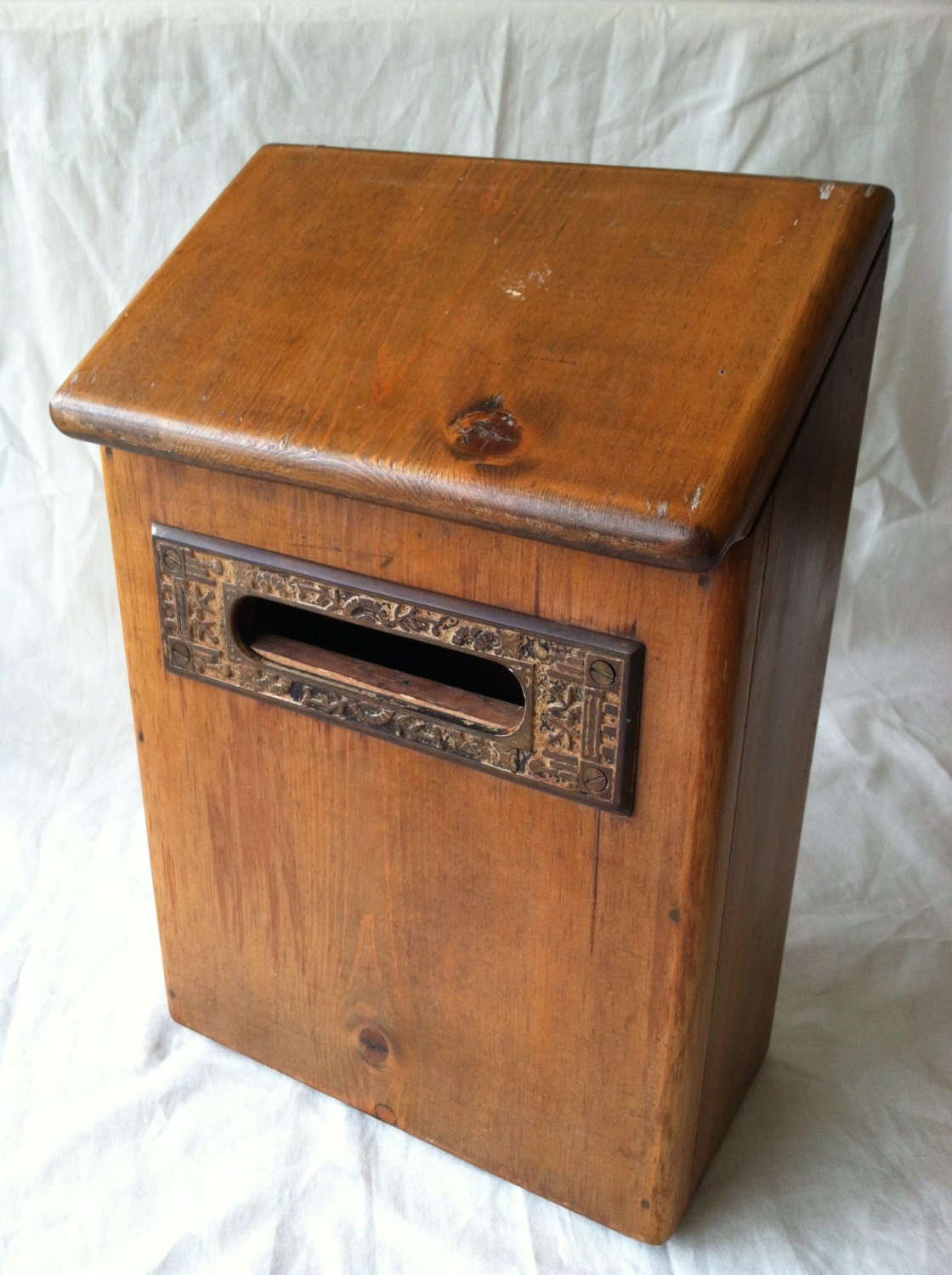How To Create A Slot In Wood
Draw slot boundary lines on the part, extending the end lines to the edges. Cut a 4 in x 3 in piece of wood (or anything stiff) to use as a template. Place the template on the plywood at the desired location. Trace it with a pencil and remove the template. Drill a 3/8 in or larger hole in each corner, so that the sides of the drilled hole are touching the adjacent sides of the rectangular hole. Cut with a jigsaw. The slots will allow the solid wood to expand and contract. The slots should be machined with great care and accuracy so they line up with the holes that are drilled through the mortise. The further away from the glued area the pegs are, the more room they need to allow for wood movement. Mark, cut and fine-tune curves in wood, using routers, saws and other simple tools, by following these expert techniques. You can master them quickly and easily and deliver first-class results. Screw the trammel to the center of your workpiece and cut out the circle with your router. Hello Gents, I have racked my mind on how to cut a square slot in the center of a 127mm x 127mm square piece of wood. I am trying to make some piggy banks for the holiday season and needed to cut this slot in the base so that the coins may be removed once the bank is reasonably full.
- How To Create A Slot In Wood Lathe
- How To Make A Deep Slot In Wood
- How To Make A Keyhole Slot In Wood
- How To Create A Slot In Wood Joinery
This is the first time I've assembled a roof structure without using any nails. Not even a nail to tack the exposed post or beams together. I had more problems with the bolt hole layout than making the knife plate slots.
 Steel Knife Plates
Steel Knife PlatesKerf Plates
Flitch Plates
Steel Plate Framing
The chainsaw bar is attached to the jig with 3 -- 2 1/2' SDS screws thru the 1 3/4' x 2 9/16' piece of poplar wood. Then the 1 3/4' x 2 9/16' poplar wood is attached to the sliding box, 5 1/2' x 5 1/2', with about 6 -- 2 1/2' torque head screws. The 5 1/2' x 5 1/2' box was built with 1 1/8' thick poplar and assembled with the 2 1/2' torque head screws.
Picture with the 4 3/4' tall piece of wood that we used to align the top of the chain with the box. This allowed us to make a slot in the timber that was close to perpendicular with the end of the 6x6 timber. We would slot the 6' x 6' post with the chainsaw and then flip the post over to even out the slot in the post.
We used a 7/16' bell reamer drill bit to clean up the sides and bottom of the 8' deep slot. The 16' long steel knife plate are not perfectly flat-straight. Some of the knife plates have a 1/16' bend in the plate from the laser cut heat. So most of the slots we made were tapered from 1/2' to 7/16' to make the 3/8' steel knife plates fit correctly. We use shims in the slots on some of the knife plates, there weren't a tight fit.
The California Knife Plate Slotter - Mortiser has a depth gauge block in the jig. The knife plates are 16' long with 8' of the knife plate attached to each of the timbers. We set the depth block for an 8 1/4' deep slot. The ends of the steel knife plates should not touch the timber. We used the same depth gauge block for the 5 1/2' x 9' GluLam beams.


How To Create A Slot In Wood Lathe
Not a precision slotter, but it's better than free handing the 3/8'x 4'x 8' knife plate slots and it has a depth gauge block so we don't cut the slots too deep. This picture of the Okie Knife Plate Slotter - Mortiser is for the 5' deep slot we had to make in the sides of the 6x6 post and for the 5' deep slots we had to make in the ends of the GluLam beams.Erik slides the chainsaw into the router slot and I press down on the Okie knife Plate Slotter jig to keep the chainsaw cut parallel with the sides of the GluLam beams.
The depth gauge block is also used to keep the jig perpendicular to the cut.
To slot the 5 1/2' x 9' Rosboro X-Beam, we used a router jig with a 1/2' straight flute bit. For slots on the ends of the GluLam beams we slotted the beams 4' deep with a 5 1/2' straight flute router bit, an 1' at a time on the depth so we didn't break the router bit. Most of the knife plates are 4' wide. Some were 6' wide on top of the steel columns and 7 1/2' wide on the sides of the columns where the end of the GluLam beams attached. We routed out a 4 1/4' wide slot for the 4' wide knife plates, since the knife plates have a square edge.
We drilled a couple of holes at each side of the slot with an 7/16' drill bit attached to our ProTool drill guide. To remove the wood the chainsaw didn't-couldn't remove. We would have had the same problem with the Hema or Mafell Chain Slotter with the radius nose on the slotter.
